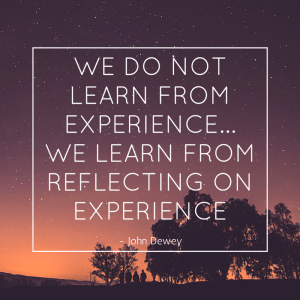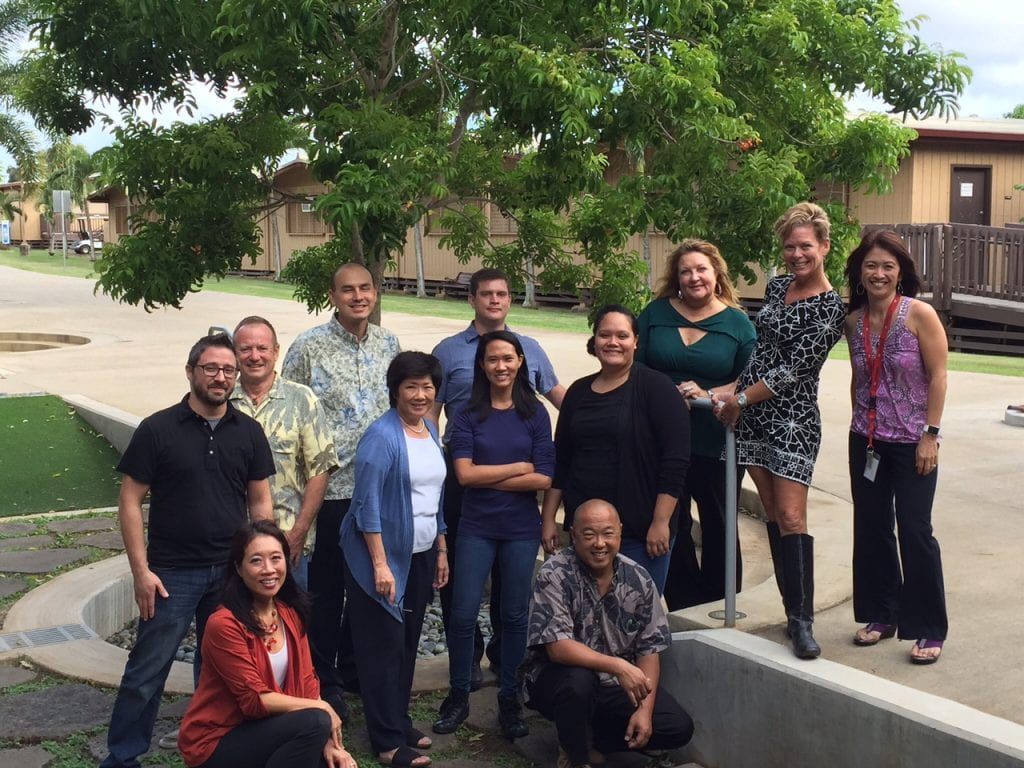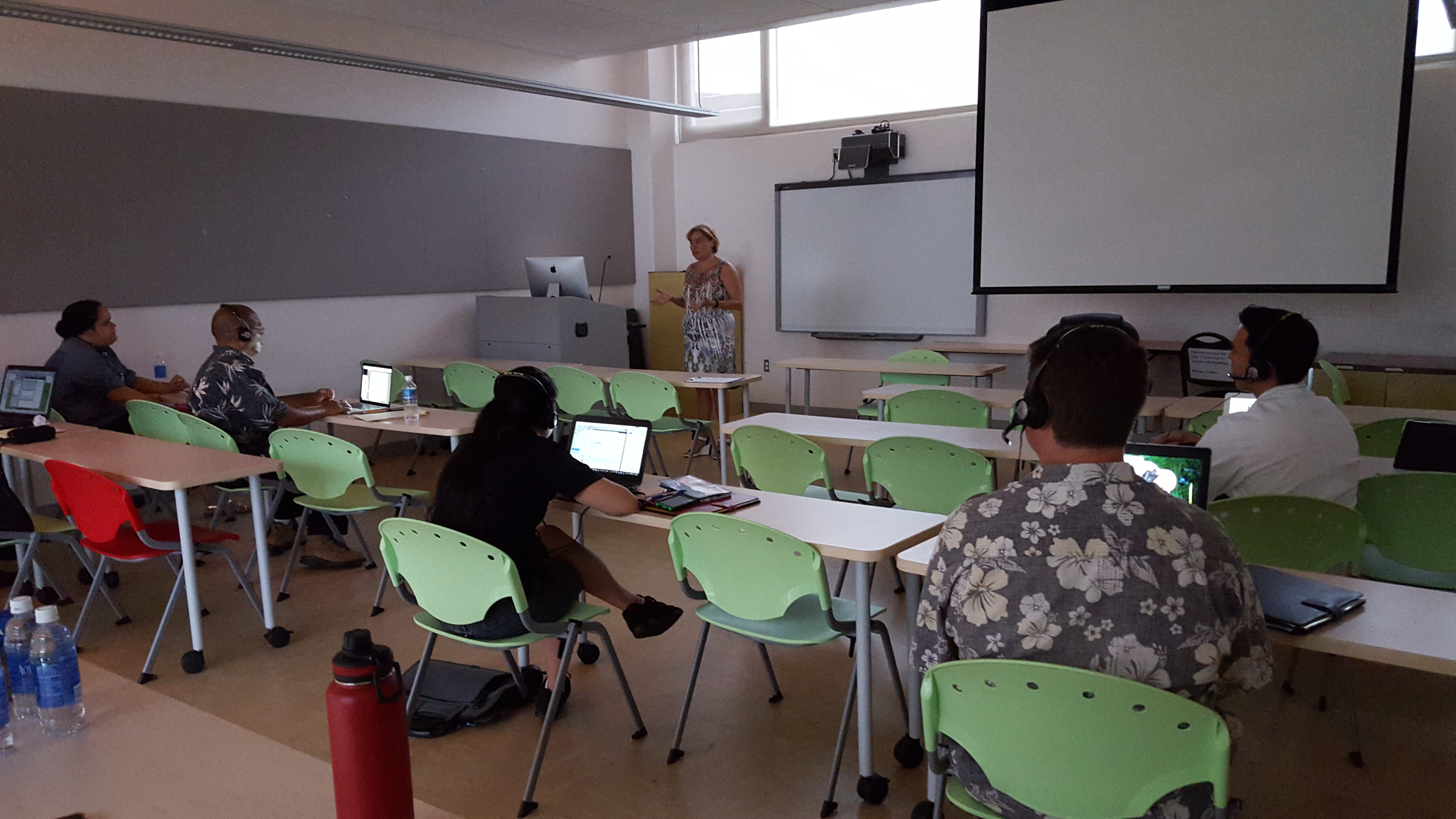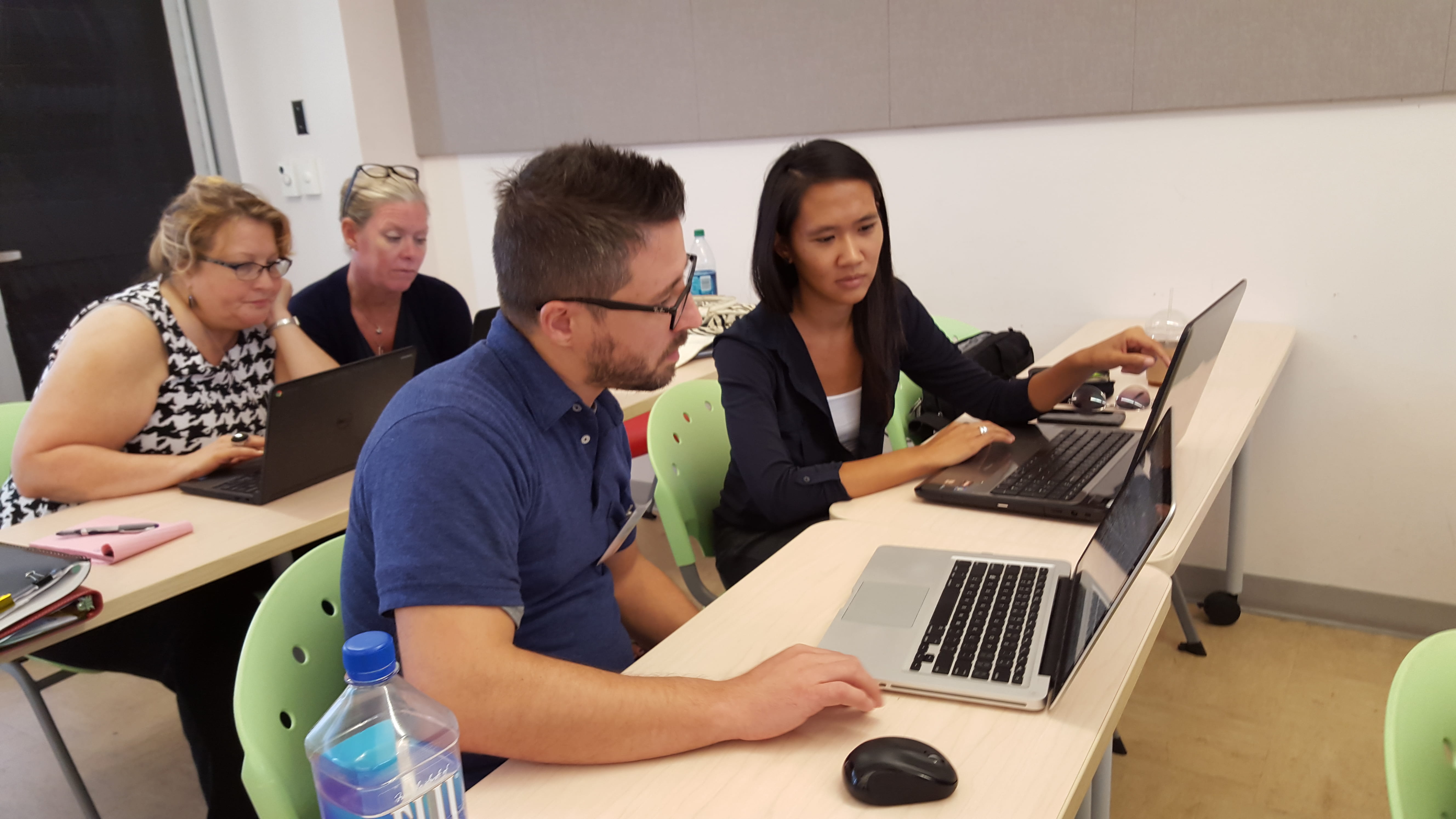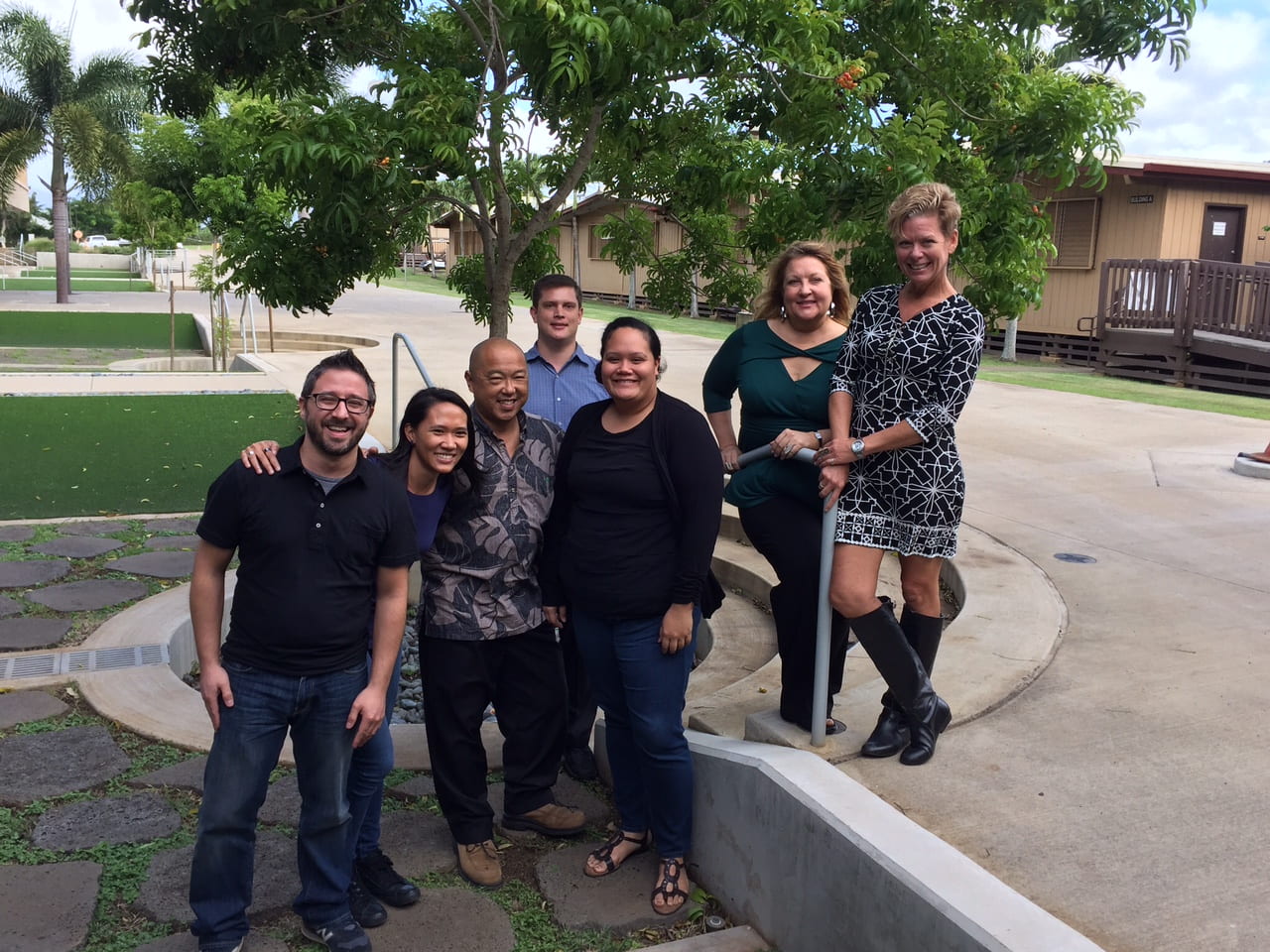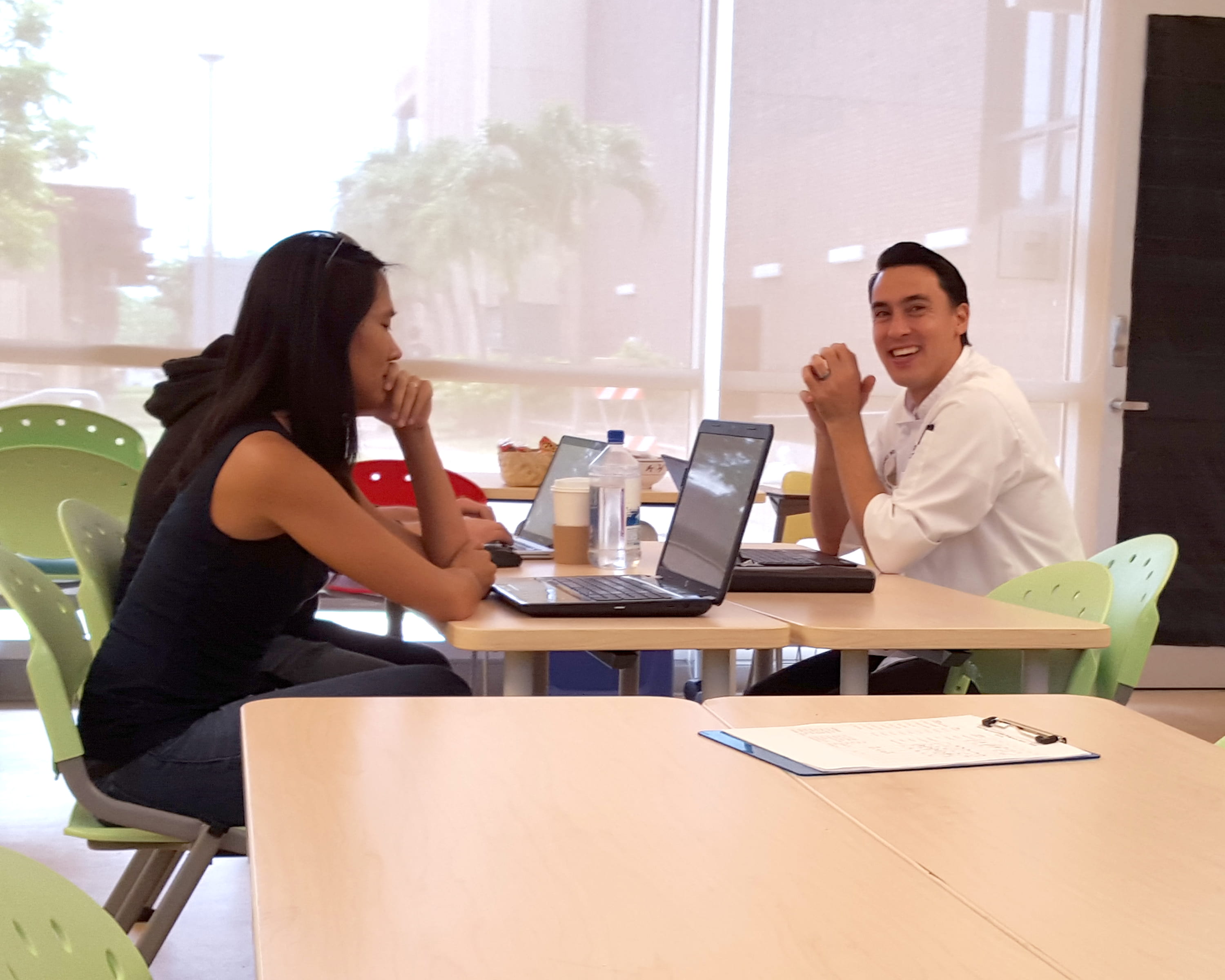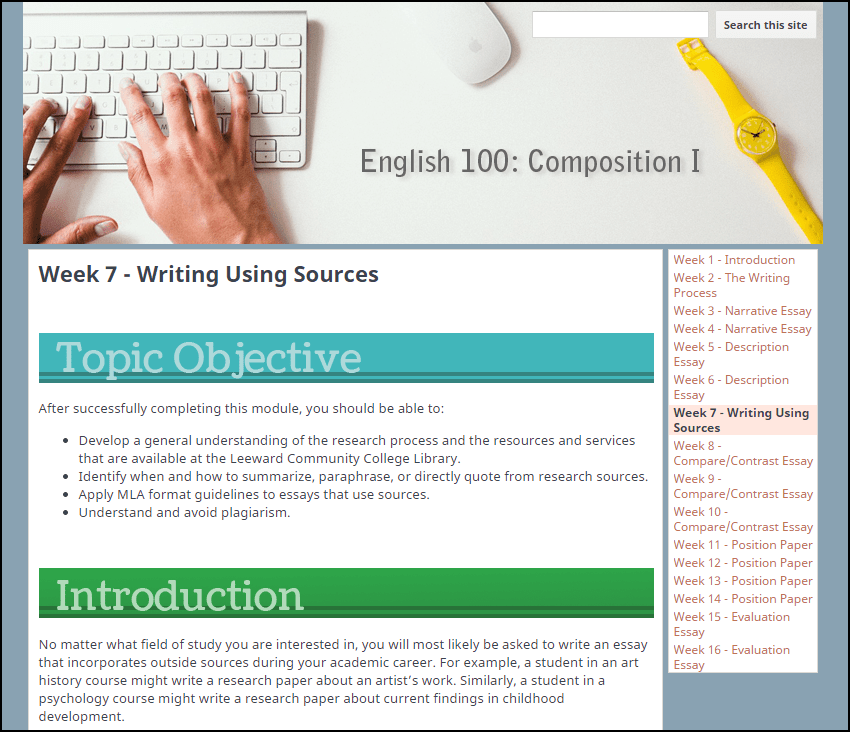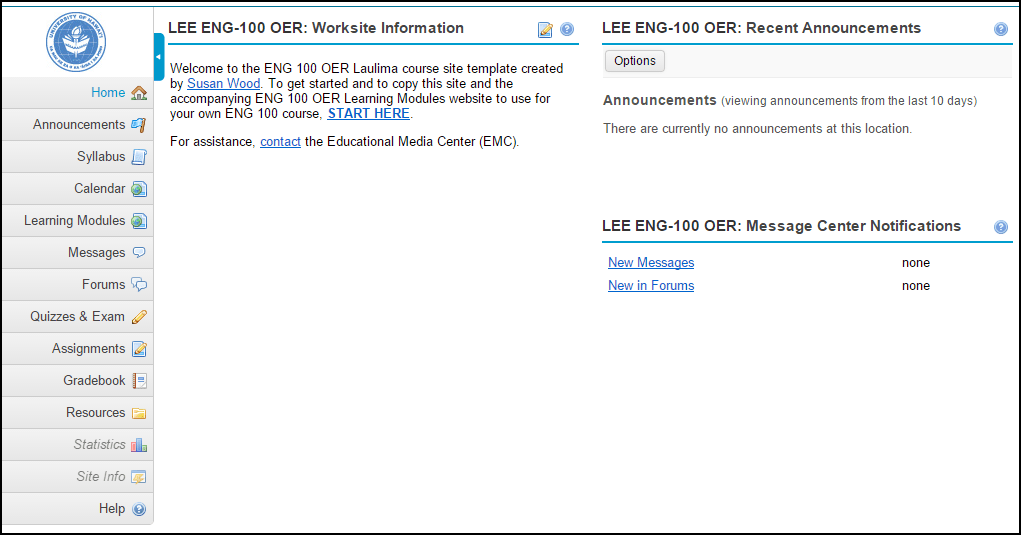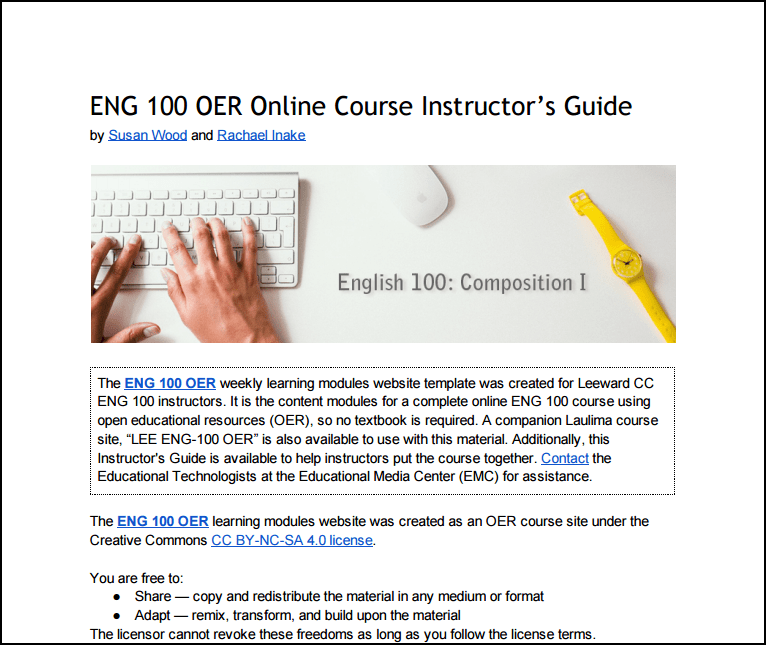Summer just flew by! Are you ready for fall semester? Here are a five things the EMC can help you with to get ready.
1. Tech It Out Day 2016 starts tomorrow!
Come say hello to all your colleagues and participate in four, quick 30-minute instructional technology sessions. You’ll walk away with valuable tips and tools you can integrate in your classes. We’ll also have a fun bonus session at the end – Pokemon Go @ Leeward. This event is free, including beverages and snacks, and open to the Leeward CC Ohana. Quick, register now!
2. Are your Laulima course sites set up?
Laulima is the University of Hawaii’s online collaborative learning environment. You can use Laulima to organize class materials, streamline communication with your students (including feedback on assignments and grades), reduce paper use, and increase student engagement for your online and face-to-face classes.
What’s new in Laulima? Find out here.
Quick Tip: Add the “Statistics” tool in your Laulima site before the semester starts to track student activity in your Laulima course site such as students logging in, accessing certain tools, and more.
Register for the Laulima Challenge which starts after Tech It Out Day on Tuesday, August 16 at 1:00-2:30 PM, where you’ll work with a partner to learn how to use Laulima’s basic tools so you can set-up your courses for the upcoming semester.
3. Get to know your Smart Classroom
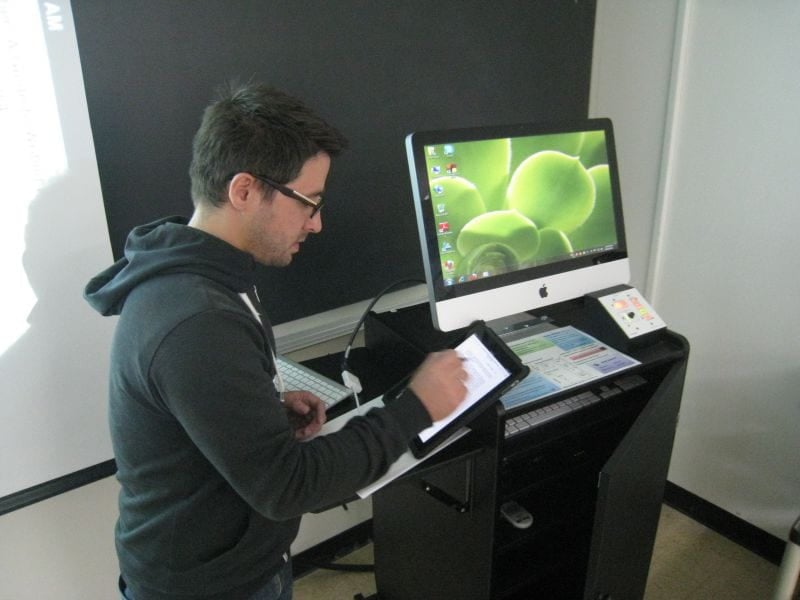
Over 60% of Leeward Community College instructional spaces are designated “Smart Classrooms.” These rooms contain the necessary audio, visual, computer and network infrastructure to support 21st century teaching and learning.
Register for the Smart Classroom Challenge on Wednesday, August 17 at 3:00-4:00 PM, to learn how to operate Smart Classroom technologies to support classroom instruction by working with a partner to create an engaging learning activity for students that uses Smart Classroom technologies.
Will you be teaching in the Education Building? Register for the Smart Classroom Challenge (Ed Building) on Wednesday, August 17 at 4:00-5:00 PM.
4. Give your syllabus a makeover
Creating a course syllabus and making it available to students is an essential responsibility as an instructor. Creating an interactive syllabus activity paired with a visual syllabus can help your students learn about the course requirements in a more meaningful way and get them excited about what they will be learning.
Quick Tip: Here are some required and recommended Leeward CC syllabus blurbs you can copy/paste into your syllabus.
Register for the Syllabus Makeover Challenge on Thursday, August 18 at 8:30-10:00 AM, to get started on creating a syllabus activity and giving your syllabus a “makeover” into a visual syllabus.
5. Make a self-introduction video

Self-introduction videos can help you attract students to take your course, establish social presence, and build community in your course. Visit our website to make an appointment to have your self-introduction video recorded by our EMC Video Production crew.
Questions?
The friendly folks at the EMC are available to help you enhance your teaching and students’ learning. Contact an Educational Technologist today.


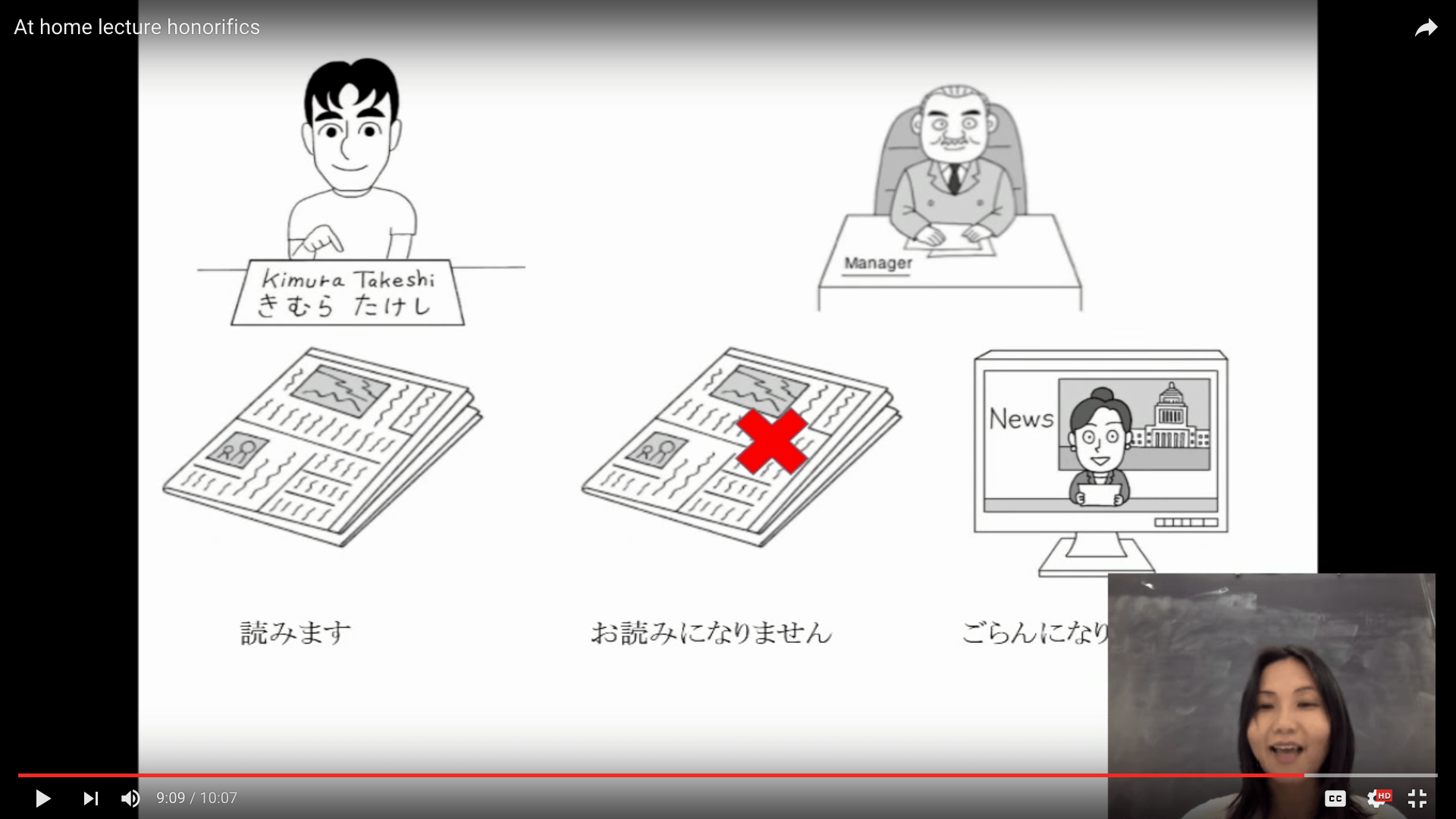
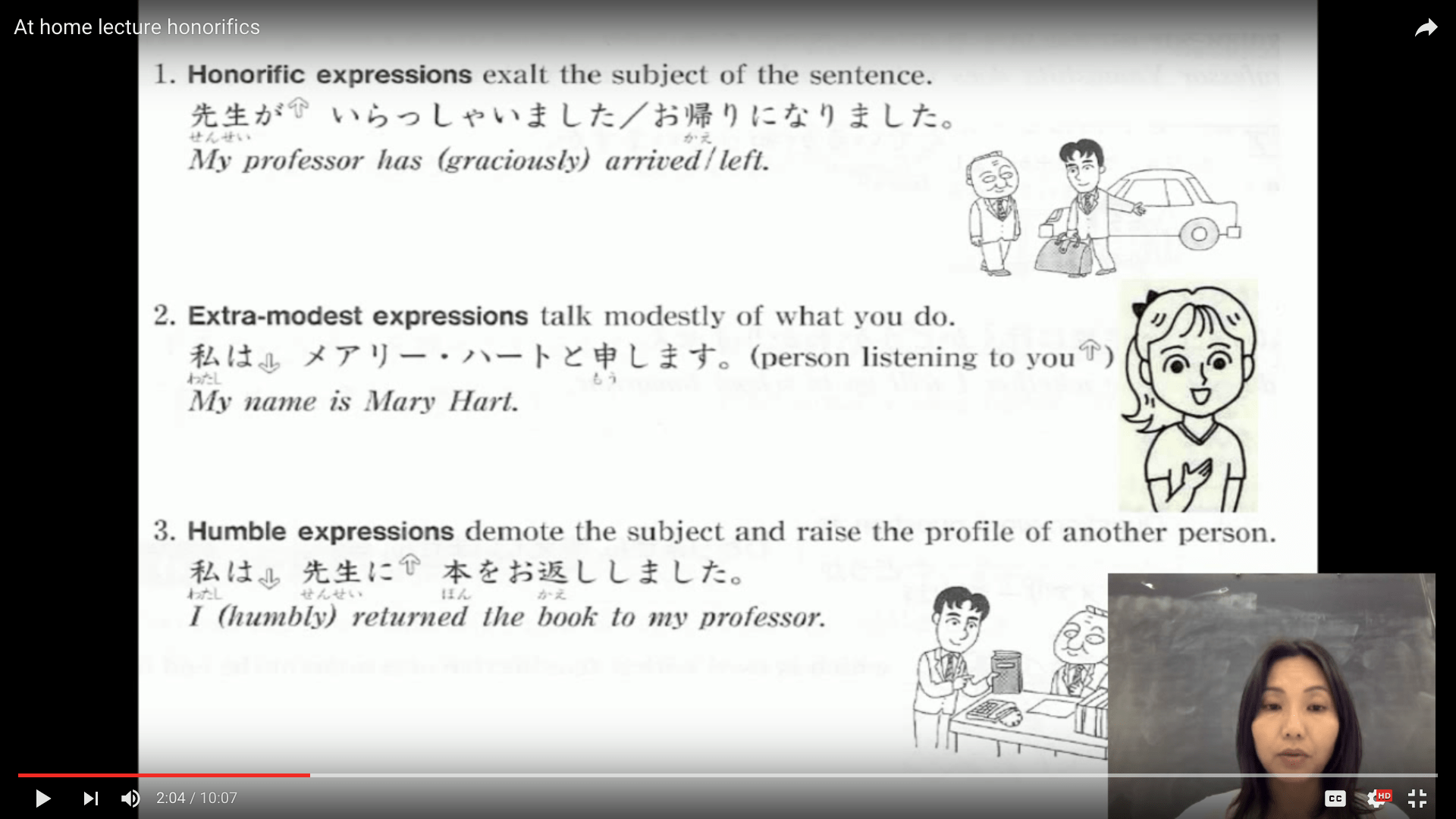
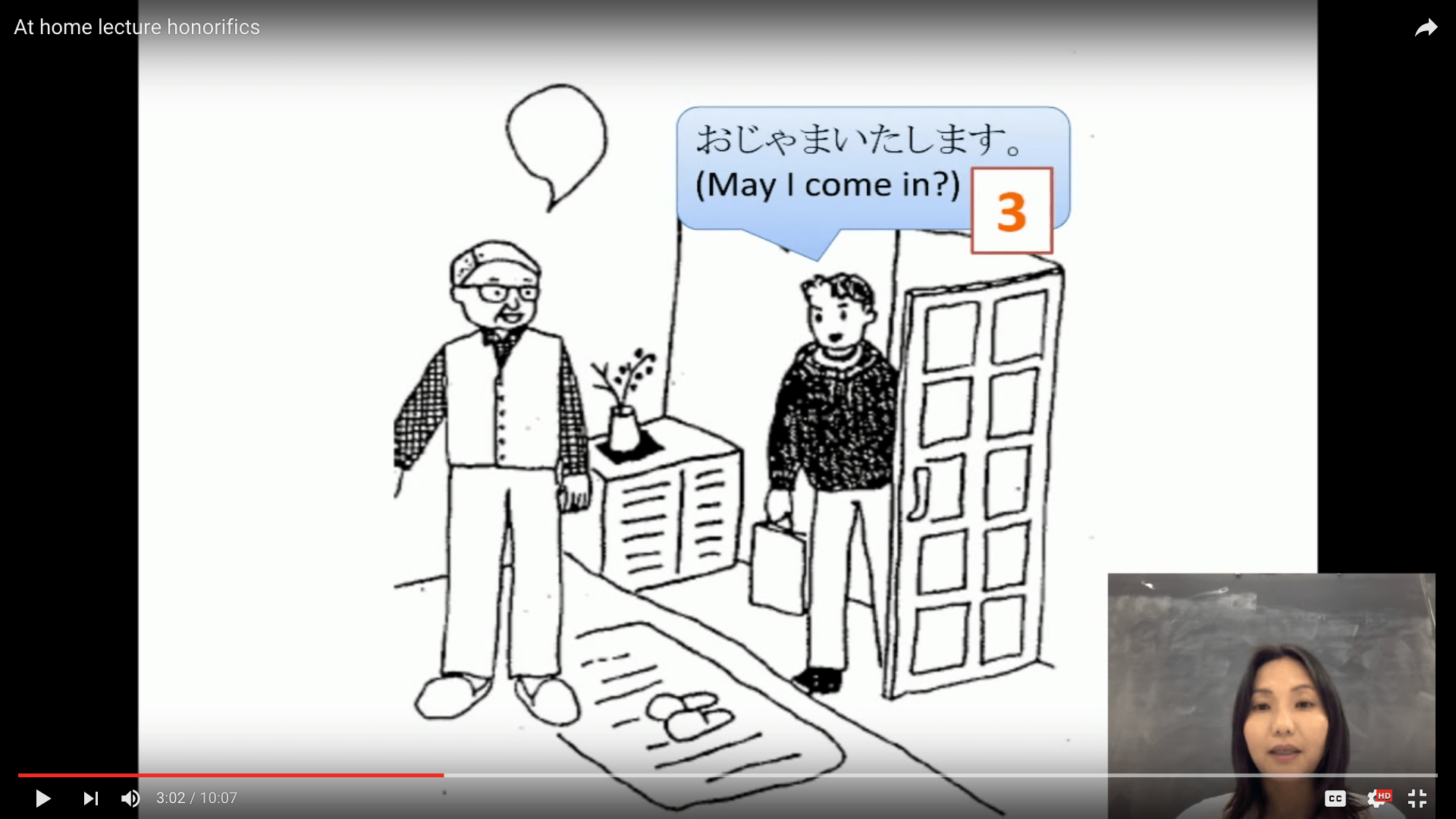
 I used the flipped classroom method in my ENG 100 class by creating different modules and activities for the first two essays that students write in class (
I used the flipped classroom method in my ENG 100 class by creating different modules and activities for the first two essays that students write in class (